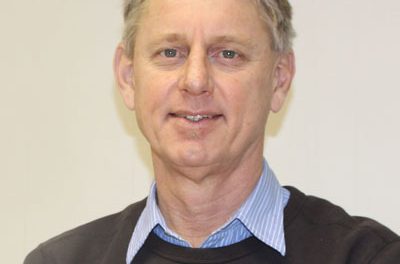
Namibia’s inflation dilemma: Balancing act amid global economic turbulence

By Josef Kefas Sheehama.
Expectations regarding future inflation play a crucial role in influencing current inflation, as they impact decisions on consumption and investment. The long-term connection between household savings and anticipated inflation becomes evident through cointegration tests.
Despite a moderation in fuel costs, inflation remained uncomfortably high in October when Namibia experienced a 6% increase in its annual inflation rate. The persistence of high inflation is attributed to rising prices for electricity, fuel, food, and transport, exacerbated by the Russia-Ukraine war. The escalating cost of living poses challenges, inevitably deepening economic disparities that existed before the pandemic and the war.
Fuel costs, closely linked to global oil prices and domestic taxation, further contribute to inflationary pressure. The ripple effect of rising transport costs extends across the economy, affecting the prices of daily commodities and the operational costs of businesses.
On a positive note, there is hope on the horizon. Global inflation is projected to steadily decline from 8.7% in 2022 to 6.9% in 2023 and 5.8% in 2024, thanks to tighter monetary policies and lower international commodity prices. While core inflation is expected to decrease more gradually, a return to target levels is not anticipated until 2025 in many cases.
The current spike in inflation is described as imported inflation, and the easing of inflation globally is good news for Namibia. A significant factor in the decline is the easing of energy prices and improved operation of supply chains, previously disrupted by the pandemic.
However, it’s crucial to recognize that the Bank of Namibia’s 3.6% inflation target is still a considerable distance away. Realized inflation spiked to 6% in October 2023, as reported by the Namibia Statistics Agency with notable regional variations. Rising inflation expectations contribute to economic pessimism, posing a downside risk to the recovery.
The recent surge in inflation emphasizes Namibia’s economic challenges, with food, electricity, and fuel prices playing pivotal roles. As inflation erodes spending power, finding effective ways to preserve income becomes imperative. The looming threat of a contractionary fiscal policy, including interest rate hikes, adds to the economic challenges for businesses and households, particularly lower-income groups.
The Bank of Namibia anticipates a slowdown in GDP growth in 2023, attributed to weaker demand globally and domestically. Real GDP growth is expected to moderate to 3.3% from the 4.6% recorded in 2022, influenced by weak demand and high base effects from the diamond sector’s exceptional expansion in 2022.
Looking at the global perspective, it appears that inflation may return to normal without a recession. Despite a slowdown, prices continue to rise faster than central banks desire. However, geopolitical risks, such as the Russia-Ukraine conflict and the Israel-Hamas war, introduce uncertainties. These global shocks create challenges for economic recovery from COVID 19, exposing the fragility of international relations and contributing to a potential breakdown in the world economy.
In conclusion, addressing the global inflation crisis requires creating production and work systems that offer a good quality of life for everyone while navigating geopolitical challenges.













































